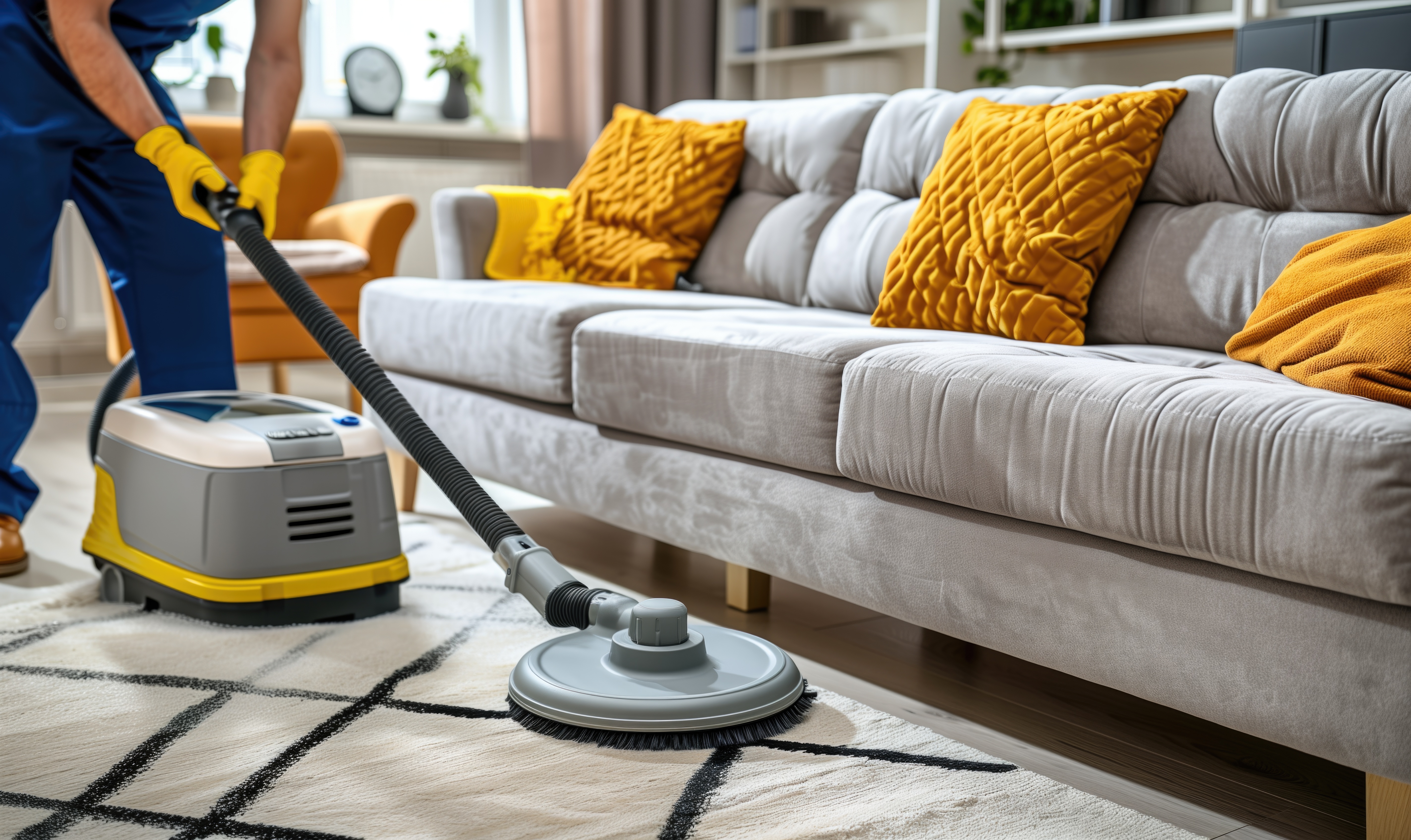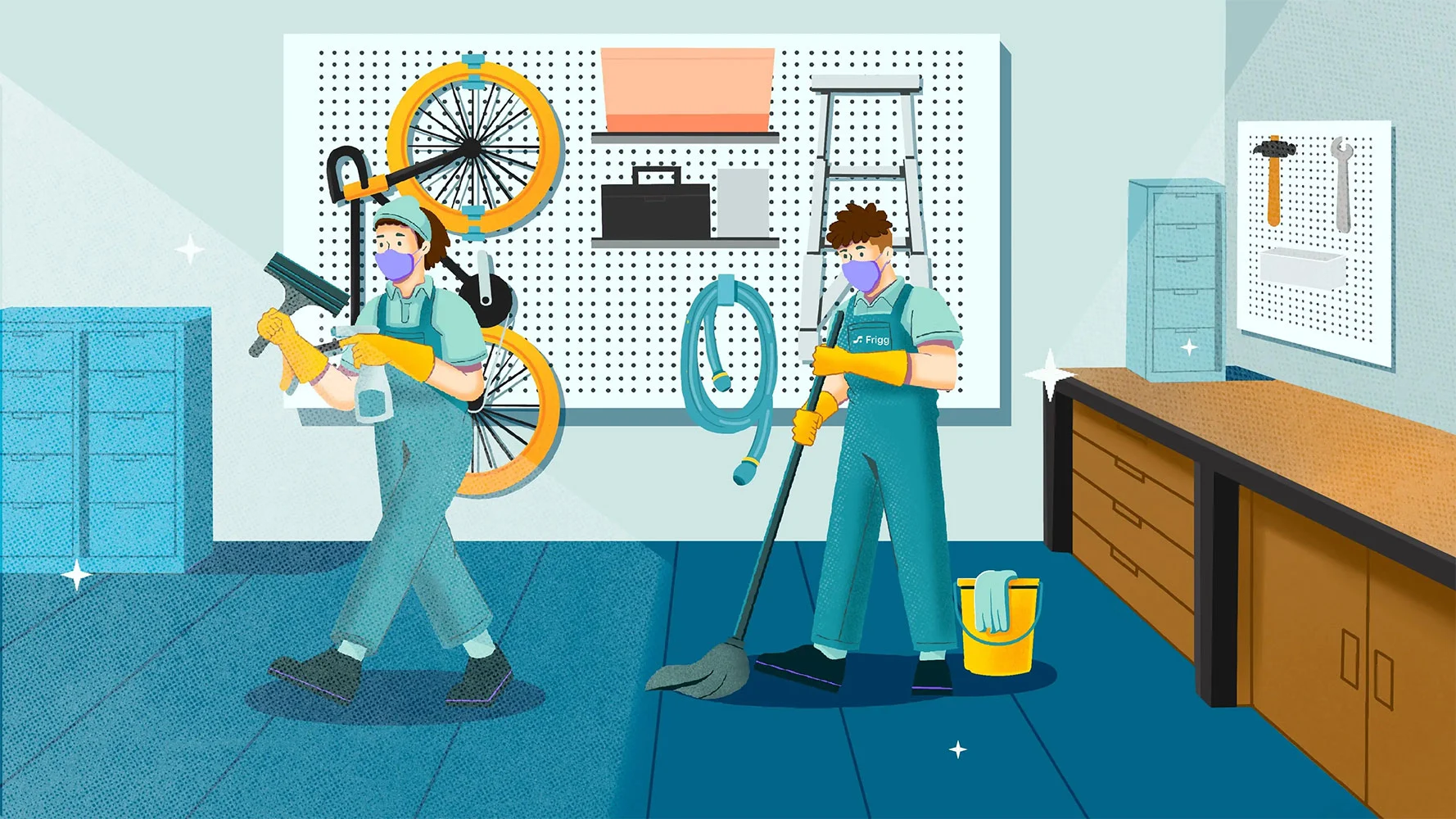
Understanding Bonnet Cleaning: What You Need to Know
Bonnet Cleaning: A Quick Overview
Bonnet cleaning is a carpet cleaning technique often used for commercial spaces and high-traffic areas. This method involves applying a cleaning solution to the carpet surface and using a rotary machine equipped with an absorbent pad, known as a bonnet, to scrub the carpet.
In the bonnet cleaning process, a cleaning product is sprayed onto the carpet, and a round buffer with a bonnet pad rotates over the surface. The absorbent pad attracts and holds dirt, which is then removed by rinsing or replacing the pad. While bonnet cleaning is effective for surface-level cleaning, it does not deeply penetrate the carpet fibers. Therefore, it's most suitable for quick clean-ups and maintaining the appearance of carpets rather than deep cleaning.
One advantage of bonnet cleaning is its rapid drying time, which makes it ideal for environments where minimizing downtime is essential. However, it’s important to keep the bonnet well-lubricated with cleaning solution to avoid over-saturation, which can lead to residue buildup and soil attraction. Over time, the bonnet can become saturated with dirt, reducing its effectiveness and potentially spreading soil to other areas of the carpet.
While bonnet cleaning can be a useful method for certain situations, it is not recommended for deep cleaning or for carpets with significant soil accumulation. For a more thorough clean, especially in residential settings or high-traffic areas, methods like hot water extraction or encapsulation cleaning are typically preferred. These methods offer a deeper clean and help extend the lifespan of the carpet.
References:
- "Bonnet Cleaning," Cleanfax. Cleanfax
- "Carpet Cleaning Methods," Carpet and Rug Institute. Carpet and Rug Institute
- Institute of Inspection, Cleaning, and Restoration Certification (IICRC): IICRC






